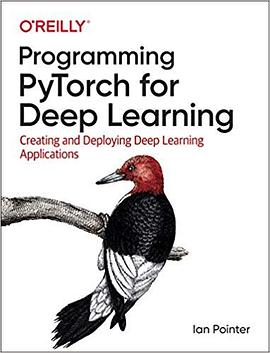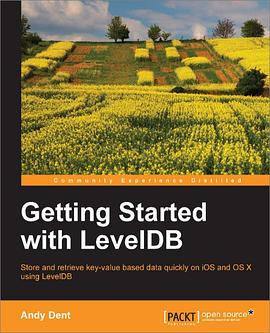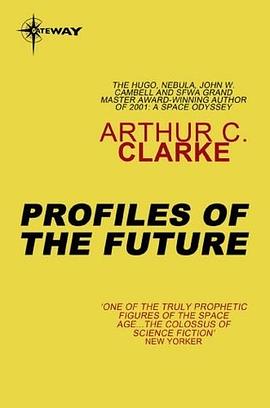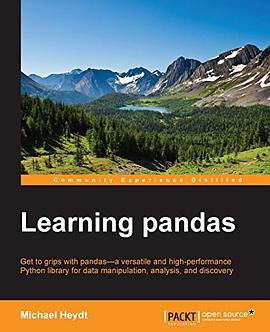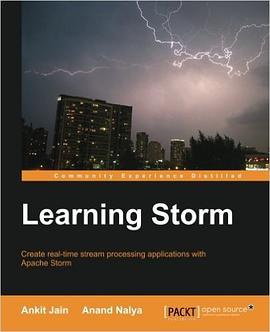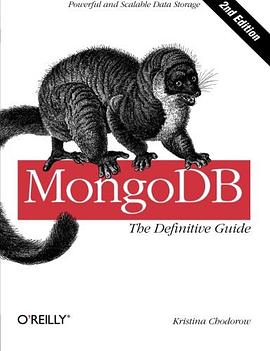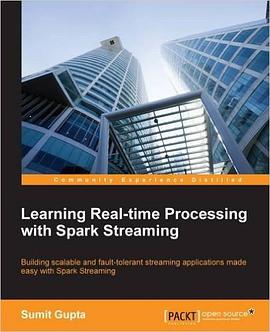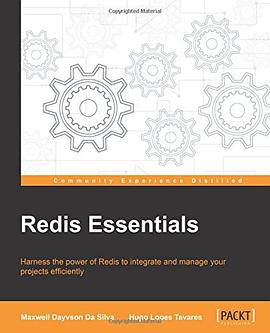Introduction
About This Book
Foolish Assumptions
Icons Used in This Book
Beyond the Book
Where to Go from Here
Foreword
Part 1: Getting Started with Data Science
Chapter 1: Wrapping Your Head around Data Science
Seeing Who Can Make Use of Data Science
Analyzing the Pieces of the Data Science Puzzle
Exploring the Data Science Solution Alternatives
Letting Data Science Make You More Marketable
Chapter 2: Exploring Data Engineering Pipelines and Infrastructure
Defining Big Data by the Three Vs
Identifying Big Data Sources
Grasping the Difference between Data Science and Data Engineering
Making Sense of Data in Hadoop
Identifying Alternative Big Data Solutions
Data Engineering in Action: A Case Study
Chapter 3: Applying Data-Driven Insights to Business and Industry
Benefiting from Business-Centric Data Science
Converting Raw Data into Actionable Insights with Data Analytics
Taking Action on Business Insights
Distinguishing between Business Intelligence and Data Science
Defining Business-Centric Data Science
Differentiating between Business Intelligence and Business-Centric Data Science
Knowing Whom to Call to Get the Job Done Right
Exploring Data Science in Business: A Data-Driven Business Success Story
Part 2: Using Data Science to Extract Meaning from Your Data
Chapter 4: Machine Learning: Learning from Data with Your Machine
Defining Machine Learning and Its Processes
Considering Learning Styles
Seeing What You Can Do
Chapter 5: Math, Probability, and Statistical Modeling
Exploring Probability and Inferential Statistics
Quantifying Correlation
Reducing Data Dimensionality with Linear Algebra
Modeling Decisions with Multi-Criteria Decision Making
Introducing Regression Methods
Detecting Outliers
Introducing Time Series Analysis
Chapter 6: Using Clustering to Subdivide Data
Introducing Clustering Basics
Identifying Clusters in Your Data
Categorizing Data with Decision Tree and Random Forest Algorithms
Chapter 7: Modeling with Instances
Recognizing the Difference between Clustering and Classification
Making Sense of Data with Nearest Neighbor Analysis
Classifying Data with Average Nearest Neighbor Algorithms
Classifying with K-Nearest Neighbor Algorithms
Solving Real-World Problems with Nearest Neighbor Algorithms
Chapter 8: Building Models That Operate Internet-of-Things Devices
Overviewing the Vocabulary and Technologies
Digging into the Data Science Approaches
Advancing Artificial Intelligence Innovation
Part 3: Creating Data Visualizations That Clearly Communicate Meaning
Chapter 9: Following the Principles of Data Visualization Design
Data Visualizations: The Big Three
Designing to Meet the Needs of Your Target Audience
Picking the Most Appropriate Design Style
Choosing How to Add Context
Selecting the Appropriate Data Graphic Type
Choosing a Data Graphic
Chapter 10: Using D3.js for Data Visualization
Introducing the D3.js Library
Knowing When to Use D3.js (and When Not To)
Getting Started in D3.js
Implementing More Advanced Concepts and Practices in D3.js
Chapter 11: Web-Based Applications for Visualization Design
Designing Data Visualizations for Collaboration
Visualizing Spatial Data with Online Geographic Tools
Visualizing with Open Source: Web-Based Data Visualization Platforms
Knowing When to Stick with Infographics
Chapter 12: Exploring Best Practices in Dashboard Design
Focusing on the Audience
Starting with the Big Picture
Getting the Details Right
Testing Your Design
Chapter 13: Making Maps from Spatial Data
Getting into the Basics of GIS
Analyzing Spatial Data
Getting Started with Open-Source QGIS
Part 4: Computing for Data Science
Chapter 14: Using Python for Data Science
Sorting Out the Python Data Types
Putting Loops to Good Use in Python
Having Fun with Functions
Keeping Cool with Classes
Checking Out Some Useful Python Libraries
Analyzing Data with Python — an Exercise
Chapter 15: Using Open Source R for Data Science
R’s Basic Vocabulary
Delving into Functions and Operators
Iterating in R
Observing How Objects Work
Sorting Out Popular Statistical Analysis Packages
Examining Packages for Visualizing, Mapping, and Graphing in R
Chapter 16: Using SQL in Data Science
Getting a Handle on Relational Databases and SQL
Investing Some Effort into Database Design
Integrating SQL, R, Python, and Excel into Your Data Science Strategy
Narrowing the Focus with SQL Functions
Chapter 17: Doing Data Science with Excel and Knime
Making Life Easier with Excel
Using KNIME for Advanced Data Analytics
Part 5: Applying Domain Expertise to Solve Real-World Problems Using Data Science
Chapter 18: Data Science in Journalism: Nailing Down the Five Ws (and an H)
Who Is the Audience?
What: Getting Directly to the Point
Bringing Data Journalism to Life: The Black Budget
When Did It Happen?
Where Does the Story Matter?
Why the Story Matters
How to Develop, Tell, and Present the Story
Collecting Data for Your Story
Finding and Telling Your Data’s Story
Chapter 19: Delving into Environmental Data Science
Modeling Environmental-Human Interactions with Environmental Intelligence
Modeling Natural Resources in the Raw
Using Spatial Statistics to Predict for Environmental Variation across Space
Chapter 20: Data Science for Driving Growth in E-Commerce
Making Sense of Data for E-Commerce Growth
Optimizing E-Commerce Business Systems
Chapter 21: Using Data Science to Describe and Predict Criminal Activity
Temporal Analysis for Crime Prevention and Monitoring
Spatial Crime Prediction and Monitoring
Probing the Problems with Data Science for Crime Analysis
Part 6: The Part of Tens
Chapter 22: Ten Phenomenal Resources for Open Data
Digging through data.gov
Checking Out Canada Open Data
Diving into data.gov.uk
Checking Out U.S. Census Bureau Data
Knowing NASA Data
Wrangling World Bank Data
Getting to Know Knoema Data
Queuing Up with Quandl Data
Exploring Exversion Data
Mapping OpenStreetMap Spatial Data
Chapter 23: Ten Free Data Science Tools and Applications
Making Custom Web-Based Data Visualizations with Free R Packages
Examining Scraping, Collecting, and Handling Tools
Looking into Data Exploration Tools
Evaluating Web-Based Visualization Tools
About the Author
Connect with Dummies
End User License Agreement
· · · · · · (
收起)





